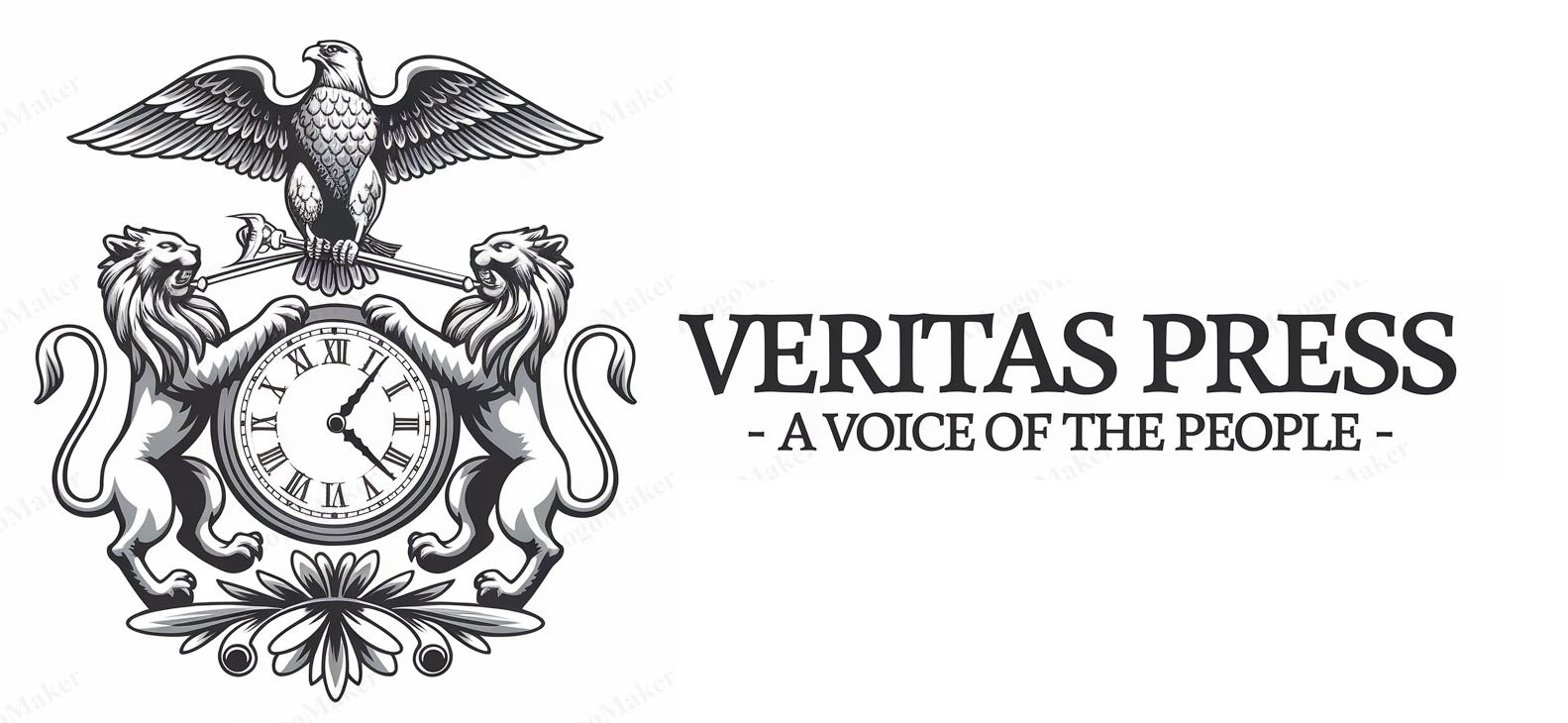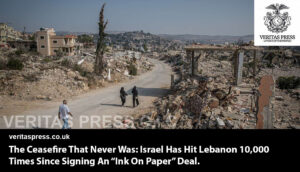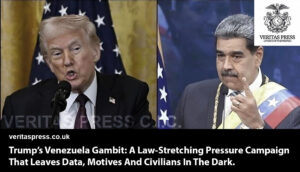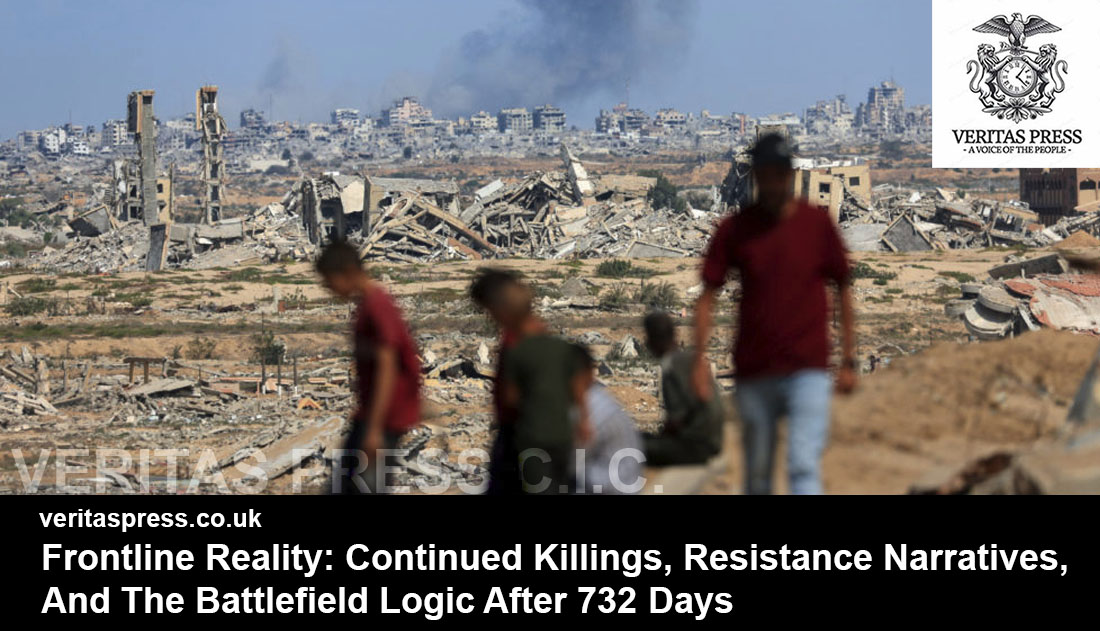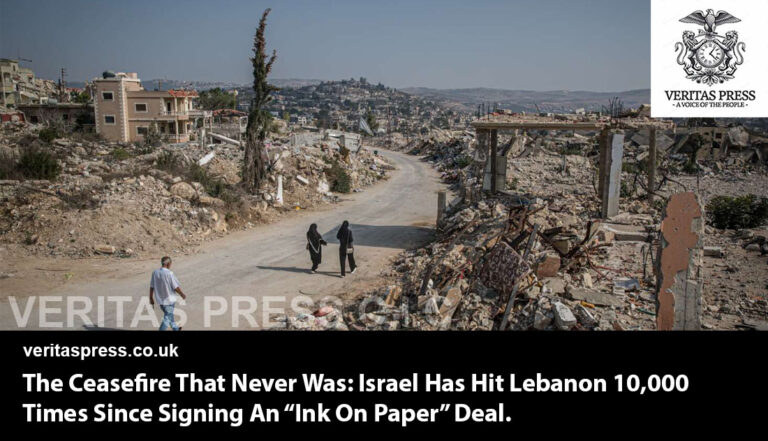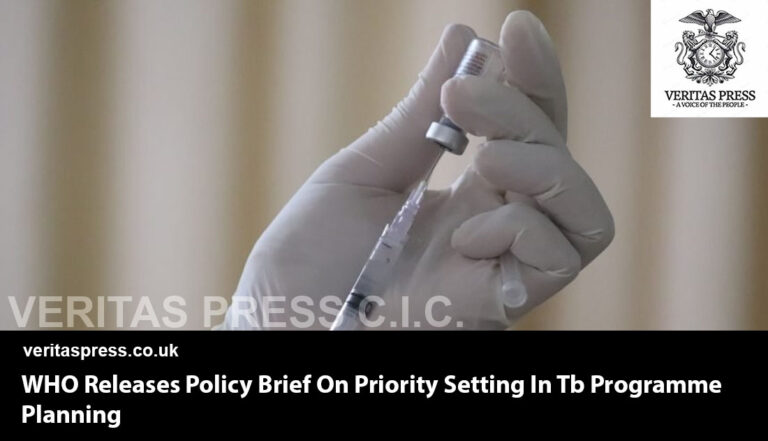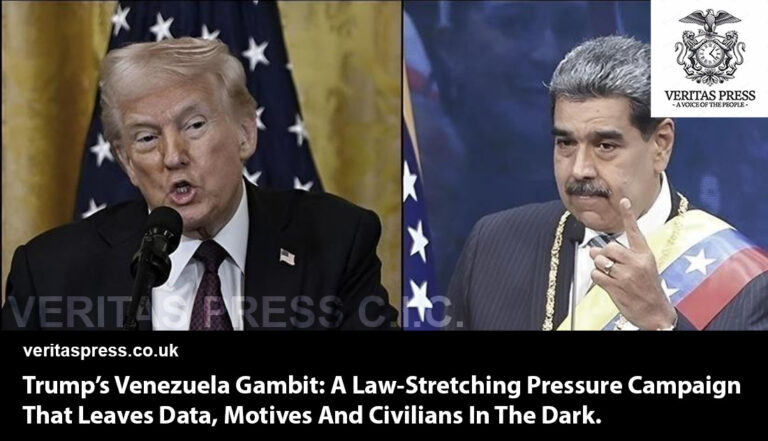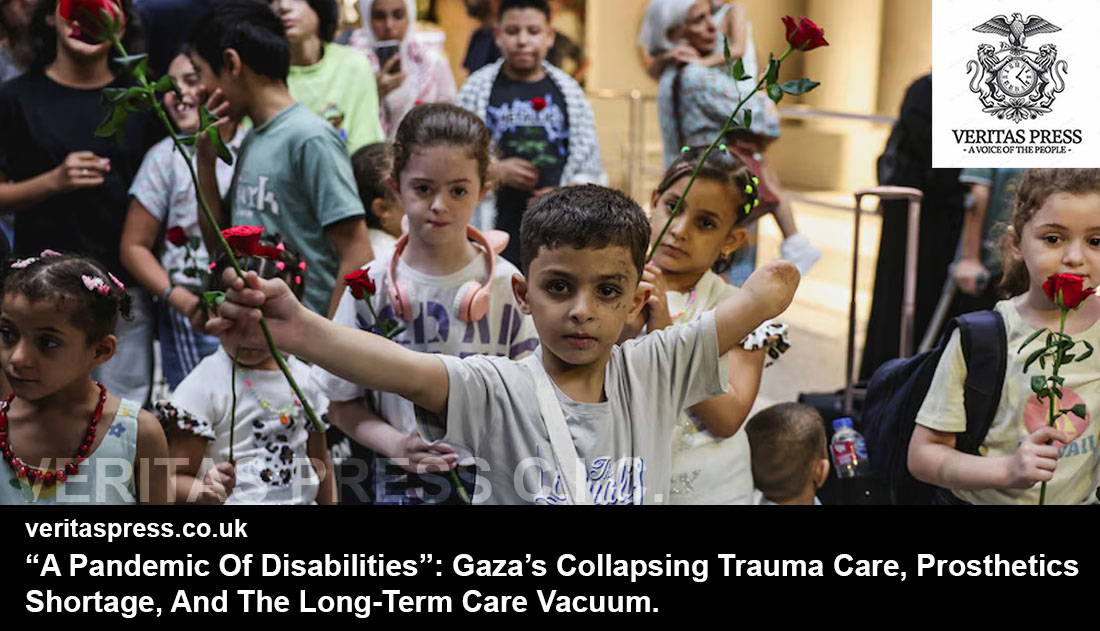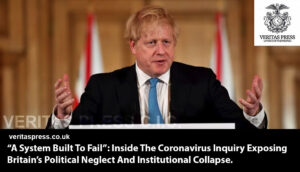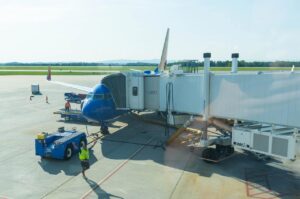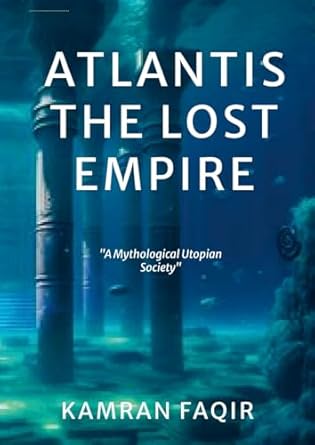Press Release: Veritas Press C.I.C.
Author: Kamran Faqir
Article Date Published: 07 Oct 2025 at 11:42 GMT
Category: Middle East | Palestine-Gaza-West Bank | US-Israel At War
Source(s): Veritas Press C.I.C. | Multi News Agencies

Business Ads
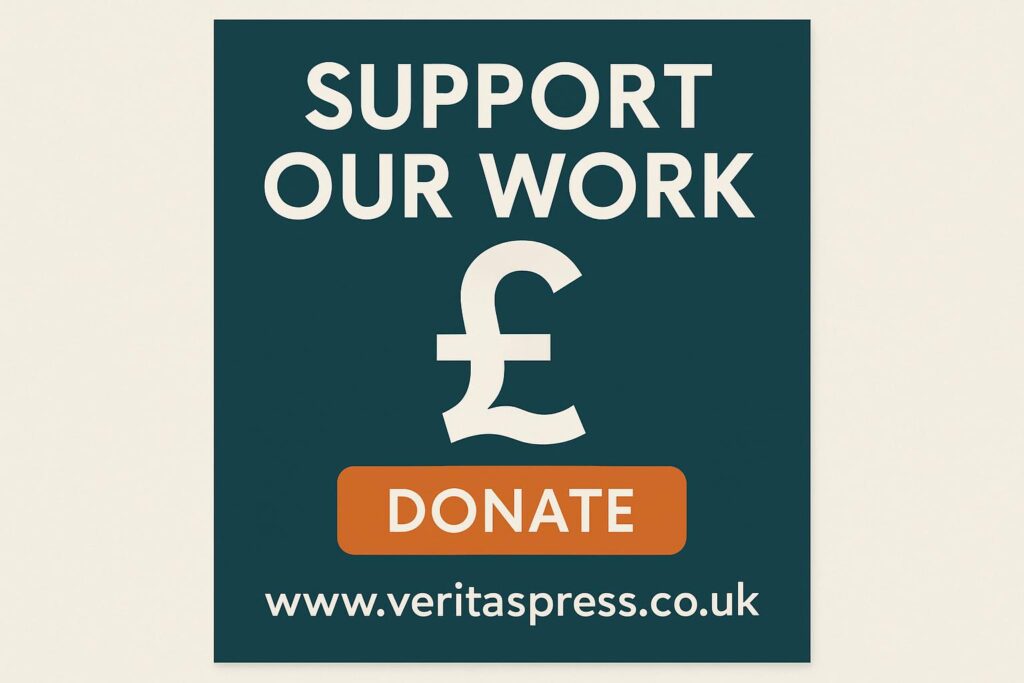

Even as diplomats talk, Israeli airstrikes and artillery continue. Palestinian resistance groups frame recent operations (e.g., “Al-Aqsa Flood”) as a milestone; Israel frames military action as necessary to recover captives and degrade militant capability. The battlefield narrative is competing with, and often drowning, humanitarian and diplomatic imperatives.
Key Reporting And Facts:
- Al-Jazeera and local hospital sources reported airstrikes on Tel Al-Hawa, Al-Sabra, Al-Shujaiya, Al-Tuffah, and killings near aid lines in Khan Yunis amid ongoing negotiations.
- Palestinian Resistance statements describe recent operations as a “historic milestone,” calling for regional mobilisation. International mediators continue shuttle diplomacy.
Investigative Analysis — How The Battlefield Shapes (And Is Shaped By) Diplomacy:
- The “negotiation while fighting” paradox.
Active operations during talks create leverage but also erode trust; every strike that kills civilians multiplies political costs for Israel and complicates Hamas’s incentives. Track timing of strikes against negotiation milestones to document patterns of coercive signalling vs. de-escalation attempts. - Information warfare and casualty metrics.
Conflicting casualty figures (Israel vs. Palestinian Ministry of Health vs. UN) require forensic sourcing. Investigative work should compile hospital logs, satellite imagery of strikes, and witness statements to triangulate civilian impact. This also includes verifying claims about hostage status and locations, a critical part of negotiating trust. - Legal exposure and accountability vectors.
Continued attacks on civilian areas and aid lines raise questions under international humanitarian law. Investigate documentation of strikes on protected infrastructure (hospitals, schools, aid convoys) and track any criminal or human rights investigations underway (UN human rights mechanisms, ICC referrals).
Field Reporting Leads:
- Collect time-stamped hospital records and corroborate with geolocated open-source imagery of strike sites.
- Interview fighters/commanders where possible (via intermediaries) for operational logic and whether hostages factor into tactics.
- Monitor legal filings, NGO submissions to the ICC, and UNHRC statements for emerging accountability processes.
Conclusion:
The battlefield and the negotiating table are entwined; documenting how tactical operations are used as bargaining chips will be critical to understanding whether the current talks can produce a durable cessation of violence or merely another pause.
Advertisements
Tags:
